Home » Gear Reviews » Hiking & Camping » Snowshoes » Tubbs Mountaineer
Tubbs Mountaineer Review
December 7, 2017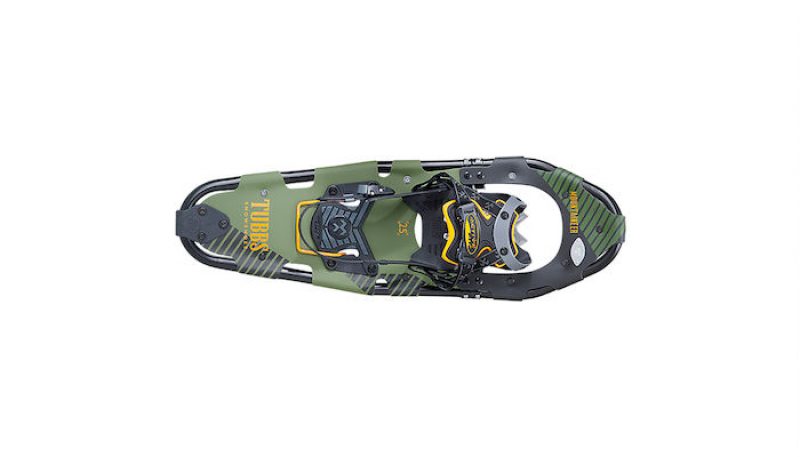

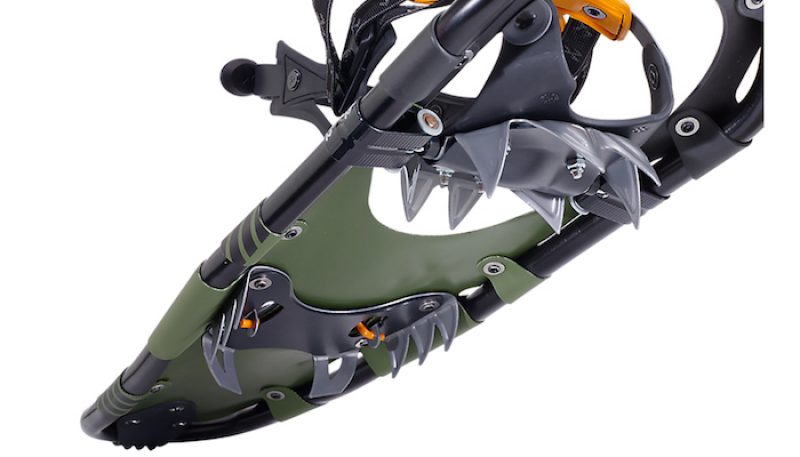



 90
90 The Good
- Versatile
- Great flotation
- Easy to use binding
- Women’s-specific sizes
The Bad
- Heavy
- Binding limited in boot sizes
- Not ideal for traversing
- Binding straps ice-up in wet snow
The Tubbs Mountaineer snowshoes earned top marks for keeping us, and our loads of gear, floating near the top of the snow pack, even when it was a light, fluffy powder. Tubbs retained the standard tubular aluminum frame and flexible decking as the core of the Mountaineer, and coupled that with a unique binding system. The webbing straps around the forefoot end of the binding all tighten by simultaneously pulling two tabs, while the heel strap ratcheted closed for a snug fit. A tug on a center tab loosened the forefoot straps, and a quick flick of a buckle lever opened the heel ratchet mechanism.
The Mountaineers showed themselves capable of floating hikers and their loads in any snow conditions. But while there seemed to be plenty of traction underfoot, the bindings did allow some heel slippage during steep traverses, moving my feet off the center point of the deck. That made it harder to keep the snowshoes tracking straight ahead.
The Mountaineers also tip the scales at nearly 5 pounds, making them the heaviest of the class. That extra weight on our feet lead to fatigue quicker than we anticipated.
Ease of Use
Tubbs’ ActiveFit binding lived up to its billing as an easy-to-use system. The series of straps and plastic panels comprising the forefoot section of the binding cinch snug, without being constrictive, with simultaneous pulls on the dual-strap closure. A ratcheting clasp snugged the heel strap into my boots, holding my foot comfortably and securely on the deck. Tugging upward on the center tab between the dual pull straps loosened the bindings.
I could engage the cinch straps and ratchet while wearing gloves, but I did encounter a few instances where, in wet snow conditions, I had to use bare hands to scratch clumped snow and ice away from the straps and buckles to adjust them.
The heel elevator that assisted long climbs was easy to click up into place using a pole tip, but I also found it could be accidentally knocked down when my heel slipped off-center during traverses.
Binding Support/Effectiveness
The Tubbs ActiveFit binding proved very easy to use when dry, but clumped snow and ice could impact that operation a bit. Every tester reported that once secured, the binding did hold our boots in place without pinching, crushing or constricting. The bindings performed very well when tracking straight up and down slopes, and along rolling terrain. The pivot underfoot was sufficient to allow accumulated snow to slide off the deck with each stride and prevent a build-up of heavy snowpack on the deck. And it allowed good use of the binding’s crampon toe teeth during steep climbs.
Unfortunately, when we turned across slope for a traverse, most of us experienced some heel slippage. That is, our feet pivoted a bit, with our heels sliding downslope. That took us off the center of the shoes, creating problems with holding traction and with tracking forward on the route. This occurred primarily with those of us with larger boot sizes (and larger weights on the snowshoes).
The bindings also proved a bit too small for anything larger than a lightly insulated size 12 hiking boot. Some of the backcountry snowboarders reported issues with being able to secure their boarding boots (size 12 and larger) – especially problematic was trying to squeeze the boot’s toe box into the binding.
Traversing, Ice, Technical Conditions
As noted above, some testers had trouble maintaining good traction and tracking during steep traverses while using the Mountaineers. The binding allowed just enough heel slippage to give us some trouble, especially those of us with big feet and/or big loads. But for gentler side hills and general up-and-down travel, the Mountaineers offered good traction. A pair of angled crampon cleats flank each side of the heel area of the deck bottom, and a very aggressive set of crampon teeth sit under the forefoot and toes to bite into crusty snow and ice. Indeed, I experienced firm control when having to cross a series of frozen creeks and small ponds while trekking through Washington’s desert coulee country near Spokane. The steel crampon teeth gripped firmly and resisted damage even when having to cross exposed rock.
Natural Stride
The Mountaineers sport a broad oval design, with the front two thirds of the deck sitting wide around the foot, and the tail section tapering to a narrow curve. That maximizes the decking for good flotation, while still allowing a comfortable stride. I did note that I ‘crossed-up’ these shoes more frequently than others in the test, primarily because in trying to work through tight spaces, it was difficult to move them past each other given the broader front ends. But when trekking through open terrain, a little extra leg-swing waddle brings the shoes forward and the tail-taper lets us set the shoes down close in line without catching them on each other.
Powder Flotation
The extra width that contributes to the heavier weight and the need for a wider stride also makes these shoes remarkably effective at floating atop the snow. Every one of our testers agreed: The Mountaineers provided the best flotation in this class of snowshoes. Aside from simply maximizing the effective surface area of the snowshoe decking, the Mountaineers take advantage of the materials, too. The tubular frame and semi-rigid decking create a small concave shape that helps compress the snow underfoot for a bit, giving more resistance to sinking.
Dan Nelson
- Managing Editor & Fly Fishing EditorDan Nelson is GearInstitute.com's Managing Editor & fly fishing editor. He is based in the Pacific Northwest.










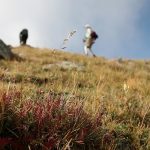
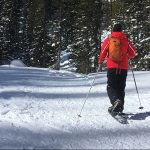


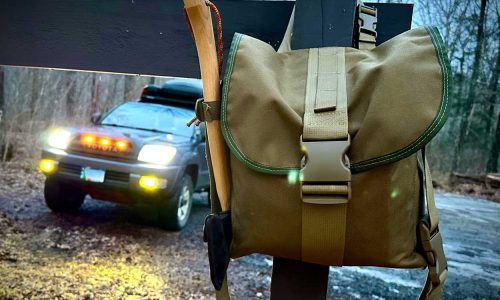
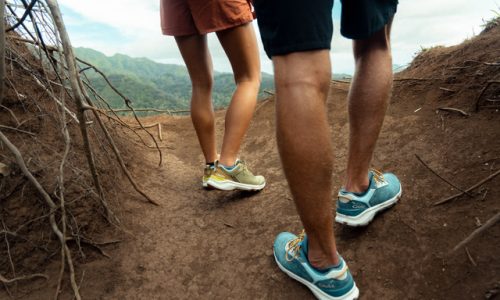
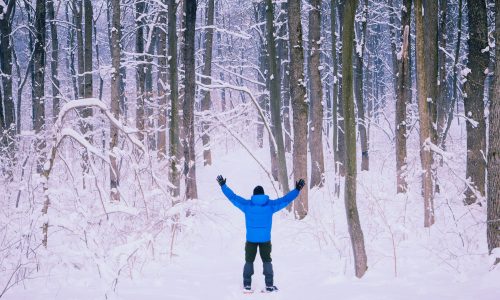
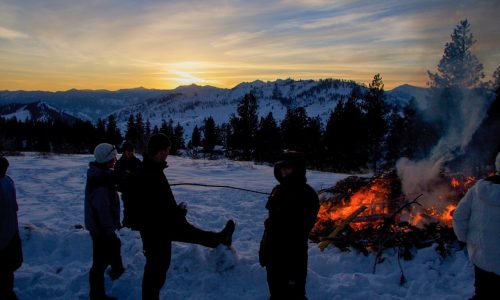
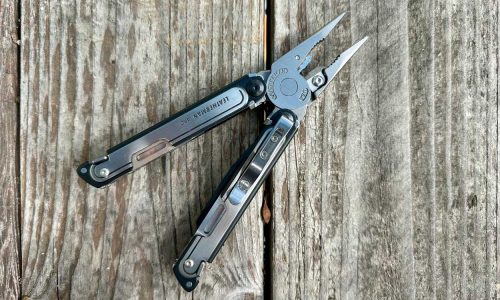
No reviews have been posted for this product.
Use this gear?
Join Gear Nation and leave a review!
Create an Account